PERSPECTIVE: 10 Reasons Why Starting a Captive Insurance Company in CT is a Great Idea
/by Michael Maglaras
A captive insurer is an insurance company that is wholly owned and controlled by a parent company, an association or a group, to insure its own risk. The owner can reinvest savings back into the operation. Captive insurers are not just for large corporations but play a very important role for many small and mid-size employers. Connecticut businesses can always benefit from an extra competitive edge to succeed and grow, and captive insurance can often provide that unique, cost-effective and profitable competitive advantage. There are 10 solid reasons to start a captive insurance company in Connecticut:
- Workforce Talent and Skills in Abundance
Connecticut is home to a wide-ranging population of smart, resourceful employees who think big and work hard. The workforce in Connecticut is well-educated, highly industrious with deep knowledge of insurance practices, functions and operations. Connecticut ranks #1 nationally in insurance employment as a percentage of total employment and #1 in the U.S. for the greatest concentration of actuarial talent per worker. This uniquely talented, creative workforce is meeting today's challenges, defining tomorrow's captive insurance innovations and setting the stage for the future of the industry.
- Competitive Operating Costs for Captives
Connecticut’s operating costs are highly competitive and among the lowest in the U.S. in the insurance space. A wide variety of business facilities are available at highly competitive costs, with prime office rents among the lowest in the Northeast. Cost efficient insurance is readily available, and tax and investment professionals are abundant.
- New CT Captive Insurance On-Line “Tool-Kit”
 A new online resource for business owners exploring ways to control insurance costs and manage their risk, “CT Captive Solutions for Business,” has recently been launched by state Insurance Commissioner Katharine Wade. The toolkit includes instructions on licensing a captive in Connecticut, a list of recognized captive managers, FAQs and Insurance Department contacts. Click here for the new “Toolkit.”
A new online resource for business owners exploring ways to control insurance costs and manage their risk, “CT Captive Solutions for Business,” has recently been launched by state Insurance Commissioner Katharine Wade. The toolkit includes instructions on licensing a captive in Connecticut, a list of recognized captive managers, FAQs and Insurance Department contacts. Click here for the new “Toolkit.”
- Innovative New Captive Policy Law
The General Assembly passed Public Act 17-198 (An Act Concerning Captive Insurance Companies) this year, with broad bi-partisan support. The new law, which went into effect on July 1, created a number of new innovative policies that make Connecticut a tremendous domicile option for new and redomiciling captives. The law allows the insurance commissioner to waive capital and paid-in surplus requirements for certain captives and lowers the minimum surplus requirements for sponsored captives. It also establishes an innovative new category of “dormant captive insurers” so businesses can stay current through different economic cycles and re-start quickly as new business opportunities present themselves.
- Insurance Sector Strength
With over 1,400 insurance companies licensed to do business in the state, Connecticut’s insurance industry is one of the largest in the world and a key part of Connecticut’s economy. Connecticut Insurers write more than $32.8 billion in premiums annually and contribute $13.7 billion to Connecticut’s Gross State Product (GSP). The state also leads the nation in insurance payroll, which contributes 5.3% of the total state payroll. This can be attributed to the industry’s workforce of relatively high-paying occupations including management, legal, computer and math professionals, and business and financial operations.
- Excellent University & Captive Insurance Linkages
Connecticut’s internationally renowned universities have been key drivers in the development of the region’s technology and knowledge industries. Home to over 40 colleges and universities, including the University of Connecticut and Yale University, Connecticut’s higher education programs are unique in the nation and the world.
UConn has an undergraduate major in Actuarial Science, which is one of the few Actuarial Science programs in New England. UConn also has an Actuarial Science Program that has been named a “Center of Actuarial Excellence,” one of only 12 chosen by the Society of Actuaries. In addition, t the UConn School of Business offers an M.S. in Actuarial Science and an M.S. in Financial Risk Management.
At Yale, the Graduate School of Management offers a unique Masters of Management Studies in Systemic Risk for early and mid-career employees of central banks and other major regulatory agencies with a mandate to manage systemic risk. The year-long program focuses in macroprudential policy, financial crisis management, global financial regulation, monetary economics, capital markets, and central banking.
- Location, Location, Location!
Connecticut, strategically and conveniently located between New York and Boston, is ideally positioned geographically for captive insurance companies in the U.S. and throughout the world. Connecticut is within 500 miles of one-third of the total U.S. population and two-thirds of the total Canadian population. Connecticut offers a robust transportation network including a growing international airport, an integrated network of major highways, commuter rail, Amtrak services, bus rapid transit and bus routes.
- Strong and Dynamic Insurance Economy
The insurance industry in Connecticut ranks second nationally in gross state product as a percentage of total gross state product and, as noted above, contributes 5.3% or $13.7 billion to Connecticut’s GSP. Additionally, Connecticut defines “super sectors” for reporting purposes and the insurance “super sector” is the state’s largest by far, accounting for nearly 22.6% of Connecticut’s GSP. In addition, Connecticut ranks #2 in the U.S. for Insurance activity that drives the largest percentage (18.1%) of the State’s Gross State Product from it’s over 60,000 insurance professionals.
- Pro-Insurance Business climate
Connecticut has a pro-insurance, pro-captive insurance business climate. The Department of Insurance and all branches of State Government are committed to developing new captives and encouraging innovation and insurance entrepreneurship. The State provides potential companies and associations with high quality, abundant start-up tools and a welcoming and flexible regulatory leadership.
 Connecticut also provides insurance brokers and producers, captive insurance managers, and tax professionals in insurance fields access to innovative solutions and resources to drive the industry forward, including a collaborative workforce and support from leadership at all levels of State government. The Connecticut Department of Insurance Captive Division has significant regulatory expertise and a collaborative consultative approach that can help support and grow innovative captive insurance companies.
Connecticut also provides insurance brokers and producers, captive insurance managers, and tax professionals in insurance fields access to innovative solutions and resources to drive the industry forward, including a collaborative workforce and support from leadership at all levels of State government. The Connecticut Department of Insurance Captive Division has significant regulatory expertise and a collaborative consultative approach that can help support and grow innovative captive insurance companies.
- Generous Support and Financial Assistance for Captives
Connecticut provides many options for attractive and lucrative support packages of financial incentives, recruitment and training, research and development support tailored to each captive insurance company’s needs. The state offers a wide range of programs and services to help companies prosper in Connecticut with financing, tax credits and other incentives including site selection services.
The state works with captive insurance companies in an ongoing partnership to ensure all the necessary support is given from the start-up phase and throughout the lifetime of the captive insurance companies growth to develop and expand the business and to improve legal and financial soundness. Connecticut also has a strategic venture capital arm and the leading source of financing and ongoing support for innovative, growing companies.
Recent Growth and Success That Speaks for Itself!
In recent years, Connecticut has become known for attracting top-notch innovative captive insurance companies. Just this year, Charter Communications, the second-largest cable company in the nation, expanded its business footprint in Connecticut by basing its entire captive insurance operations in the state. The captive, Spectrum Communications Indemnity, Inc. will be the largest captive licensed in Connecticut and will provide coverage for Charter’s workers compensation, auto liability, general liability and employment practices liability.
The State has also recently licensed the state’s first health care liability captive. That company, Keystone Indemnity Company, Ltd. had originally been licensed in Vermont and is has now elected to re-domesticate to Connecticut. Keystone is owned by Masonicare of Wallingford, the state’s leading provider of health care and retirement living communities for seniors.
_________________________
Michael Maglaras is President of the CT Captive Insurance Association and owner of Michael Maglaras & Company, a CT based international insurance consulting firm specializing in providing insurance program consulting advice, including self-insurance feasibility testing and other alternatives to traditional insurance programs for a variety of clients.


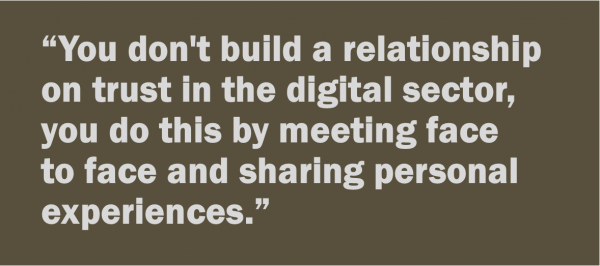
 These hashtag stories bear witness to the reality that women and girls in particular are subject to harassment, discrimination, unwanted touching and violence at nearly every age and stage of our lives. It happens at work, on the street, in the home, on trains, at school, and on the playground.
These hashtag stories bear witness to the reality that women and girls in particular are subject to harassment, discrimination, unwanted touching and violence at nearly every age and stage of our lives. It happens at work, on the street, in the home, on trains, at school, and on the playground.



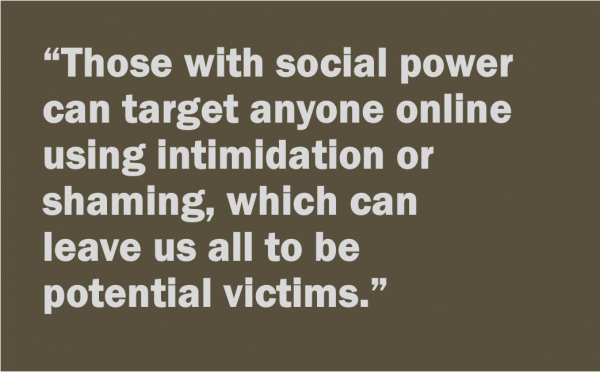 Yes, this day it was Delta, and they have not made too many friends lately. But tomorrow it could be a smaller company. Maybe a local place that has been a pillar to your community. Do you trust Coulter, or any other person with social power, with the ability to tarnish a business’ reputation indefinitely?
Yes, this day it was Delta, and they have not made too many friends lately. But tomorrow it could be a smaller company. Maybe a local place that has been a pillar to your community. Do you trust Coulter, or any other person with social power, with the ability to tarnish a business’ reputation indefinitely?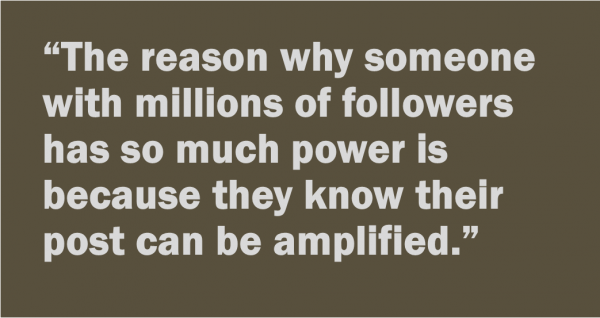
 The younger years of children are crucial because the brains of the children grow extremely rapidly between birth and the age of 8. Specifically the brain undergoes rapid cognitive development as well as linguistic and motor development in the first 3 years of life. By the age of 5 children have developed problem-solving skills and pre-literacy skills. Children are constantly learning from the environment and behaviors surrounding them. Early brain development has a great influence on children’s long-term outcomes
The younger years of children are crucial because the brains of the children grow extremely rapidly between birth and the age of 8. Specifically the brain undergoes rapid cognitive development as well as linguistic and motor development in the first 3 years of life. By the age of 5 children have developed problem-solving skills and pre-literacy skills. Children are constantly learning from the environment and behaviors surrounding them. Early brain development has a great influence on children’s long-term outcomes 

 State funding for BIAC is an investment that pays off substantially, ensuring that those in need have access to lives of wellness, dignity and fulfillment. In the short time it took you to read this article, at least 5 people in the U.S. sustained a brain injury. This could be your neighbor, your co-worker, your family member, or you.
State funding for BIAC is an investment that pays off substantially, ensuring that those in need have access to lives of wellness, dignity and fulfillment. In the short time it took you to read this article, at least 5 people in the U.S. sustained a brain injury. This could be your neighbor, your co-worker, your family member, or you.

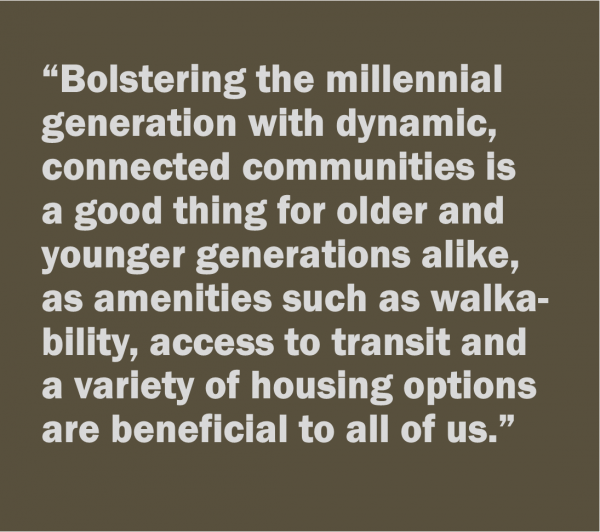 Connecticut’s inability to retain young people has become increasingly evident over the past several years, resulting in dour headlines as major companies pick up stakes and move to those locations that are attracting young talent. An interest in lively downtowns, a variety of housing options, walkable communities, access to transit, and availability of jobs and economic opportunity are topping their lists, according to numerous studies and reports.
Connecticut’s inability to retain young people has become increasingly evident over the past several years, resulting in dour headlines as major companies pick up stakes and move to those locations that are attracting young talent. An interest in lively downtowns, a variety of housing options, walkable communities, access to transit, and availability of jobs and economic opportunity are topping their lists, according to numerous studies and reports.
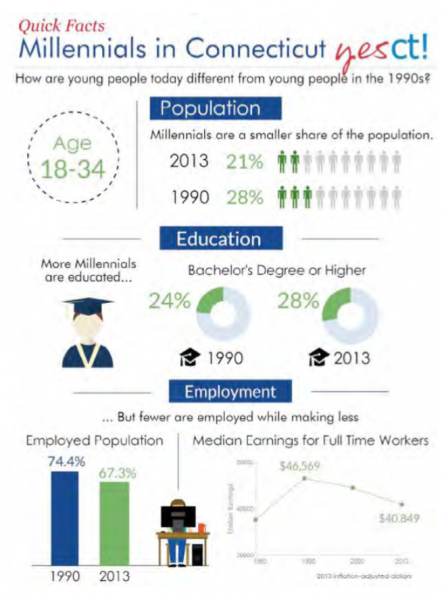
 mon? Both made equal access to educational opportunity a top priority.
mon? Both made equal access to educational opportunity a top priority.
 If our educational system in America provided equal educational opportunity to all students regardless of income level, making the SAT and ACT free might significantly increase the number of low-income students in college. However, since this is a far cry from our current reality, it is higher education’s responsibility to think more creatively about whom it allows in the door. We are a long way from ensuring that every citizen has equal access to high-quality education, but in the meantime, universities can play a significant role in ensuring inclusivity of all talent.
If our educational system in America provided equal educational opportunity to all students regardless of income level, making the SAT and ACT free might significantly increase the number of low-income students in college. However, since this is a far cry from our current reality, it is higher education’s responsibility to think more creatively about whom it allows in the door. We are a long way from ensuring that every citizen has equal access to high-quality education, but in the meantime, universities can play a significant role in ensuring inclusivity of all talent.


























